Plamo by Kotobukiya
This is the page with plamo kits manufactured by Kotobukiya! I don't have anywhere near enough to divide them by 'series', so this is the category.
Hexa Gear - Weird Tails
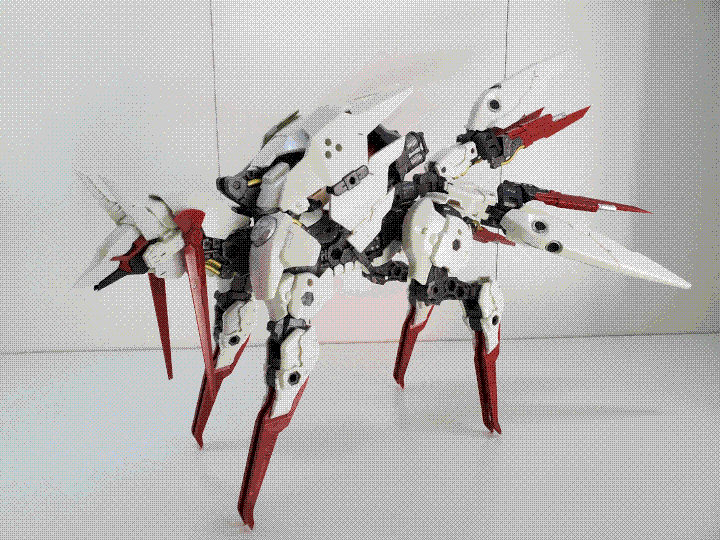
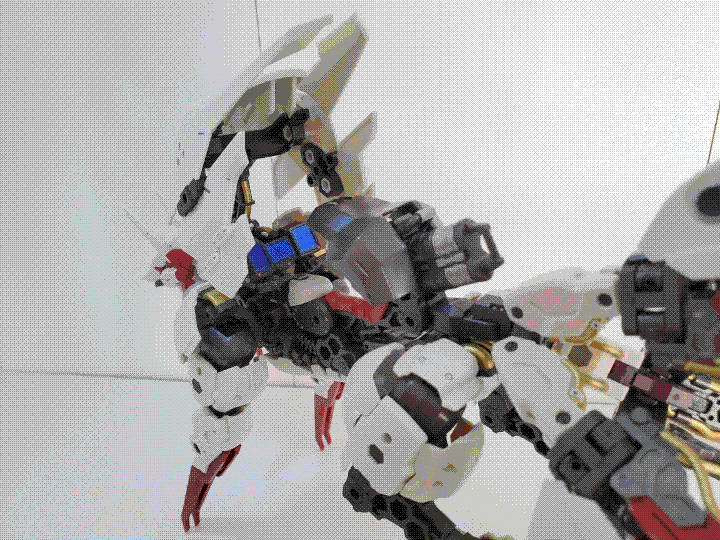
Okay, so this isn't foxgrrls.neocities.com. This is a wolf zone. However. I am not immune to fox robots. And this might just be my favorite kit I have, period: it's not the most intricate or most detailed or easiest to assemble, but it is a nine-tailed fox that looks like it's made mostly out of swords and that's neat.
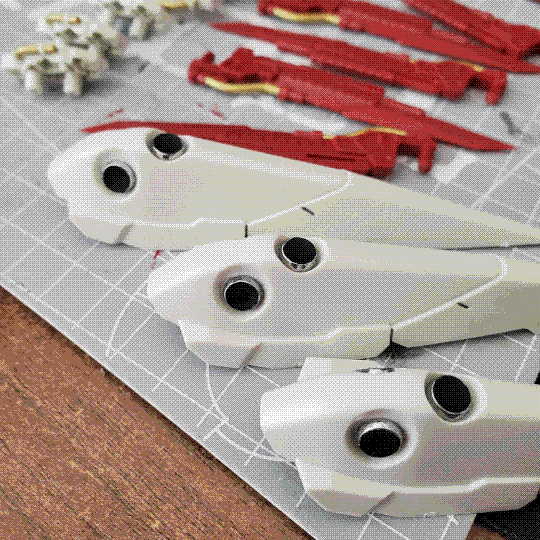
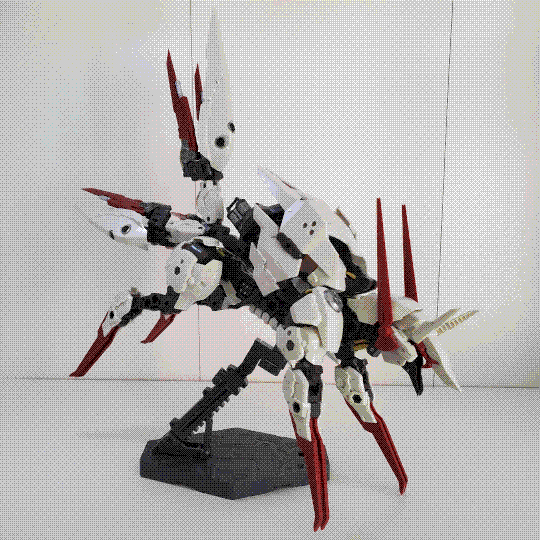
The other reason I like this kit so much is because of the time investment: this kit is... not color accurate, to say the least. There are grey parts, red parts, and white parts, and anything else you're going to have to do yourself. I learned a lot about using acrylic paints doing this kit, but the results were incredible. All the little gold pipes, putting gunmetal and silver on the correct panels, and using metallic sharpies for the cockpit panels just really bring the design together.
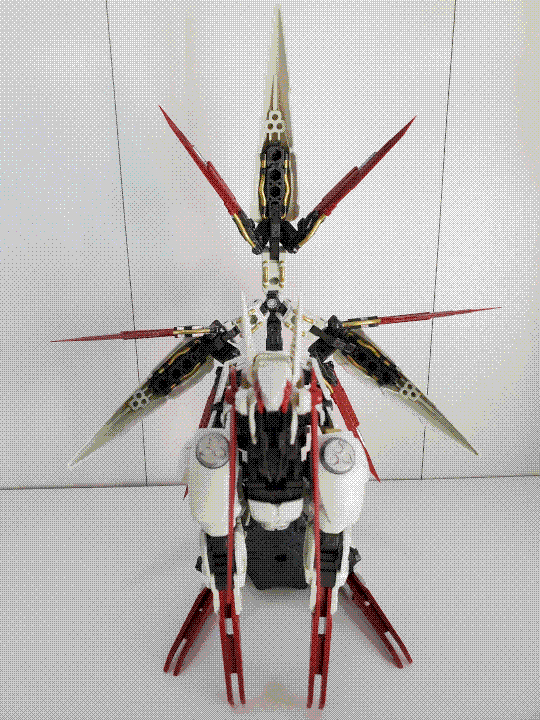
Tamotu MODERHYTHM Collaboration [Light Green Ver.]
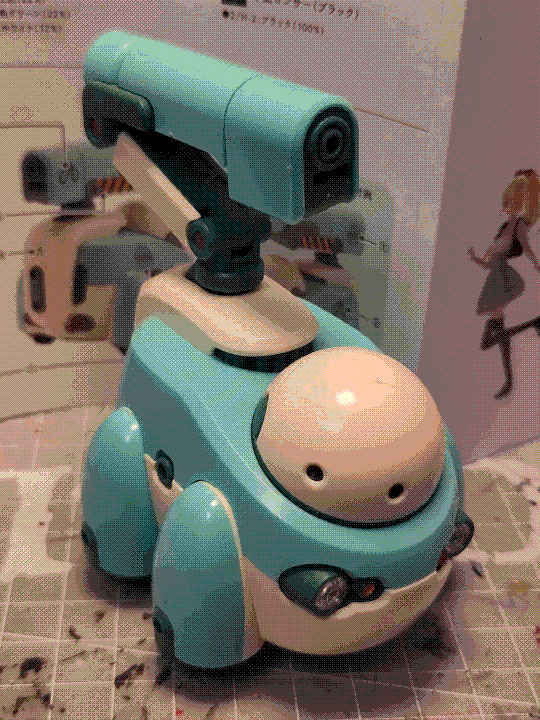
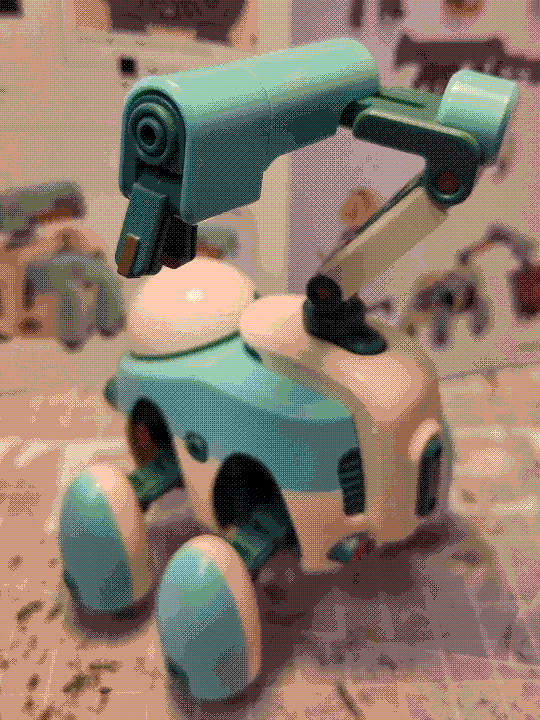
The Maruttoys line has some all-time Friends, and Tamotu is one of them. An adorably rounded design and plenty of articulation meant building this was a blast, and the color scheme of this particular version looks beautiful - the off-white and mint green, combined with the dark green inner frame, give it a warm, retro look.
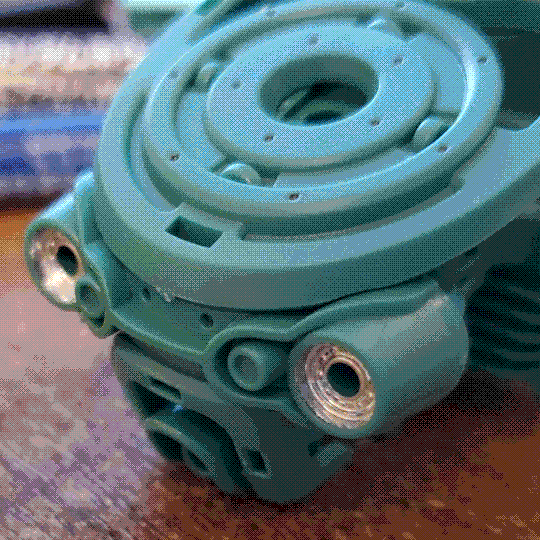
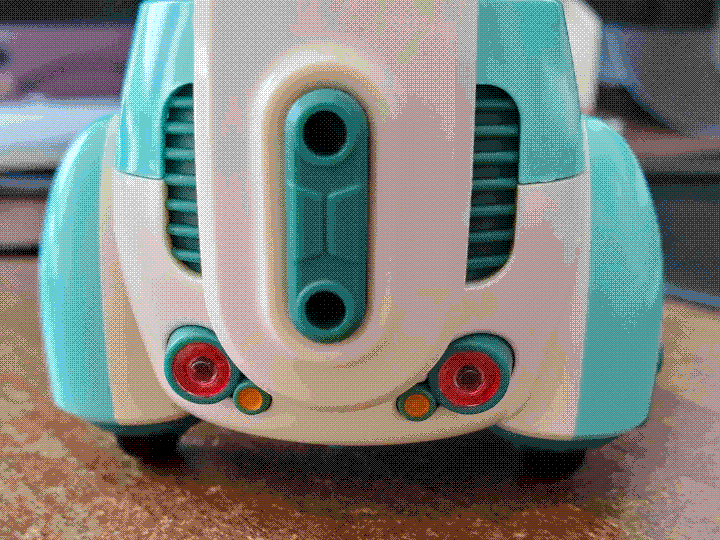
Apart from all the panel lining on the inner frame (which was a great reason to use the brown panel lining marker, for once), most of the detailing in this kit was doing the lights. Both the front and rear main lights were filled with chrome silver, while the orange indicators are just orange acrylic paint (since they don't have a clear part to go over). The 'tyres' of the wheels also needed to be painted black, and I used a bronze metallic sharpie in several of the joints to accent them a little.
Noseru [White Ver.]
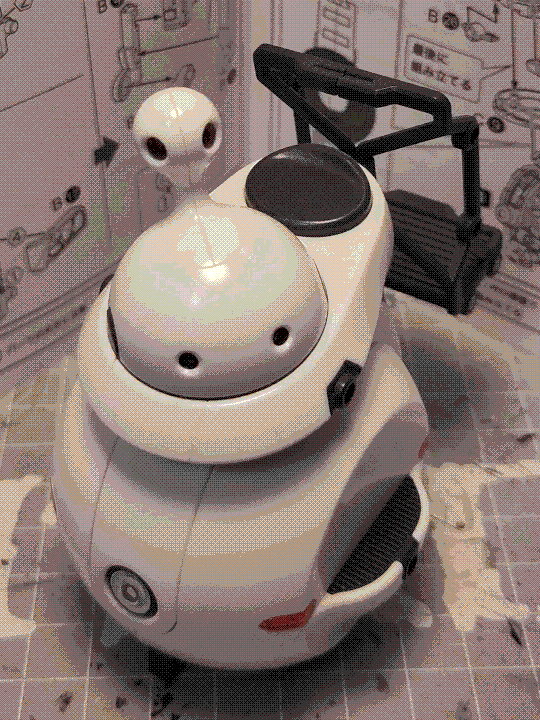
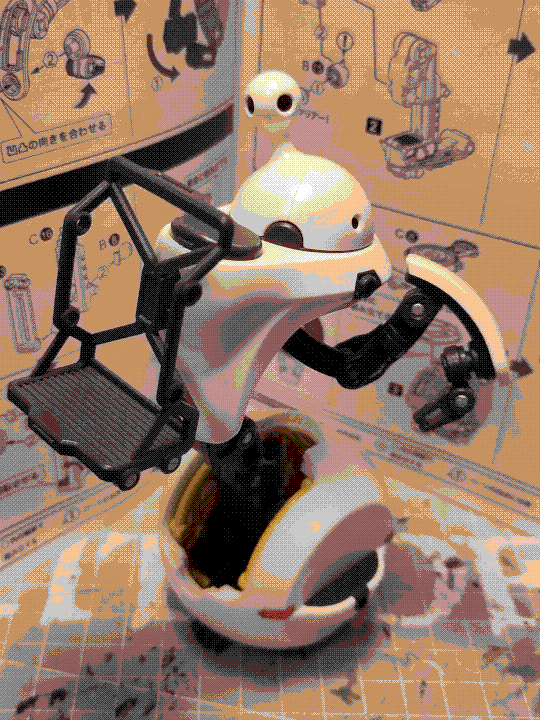
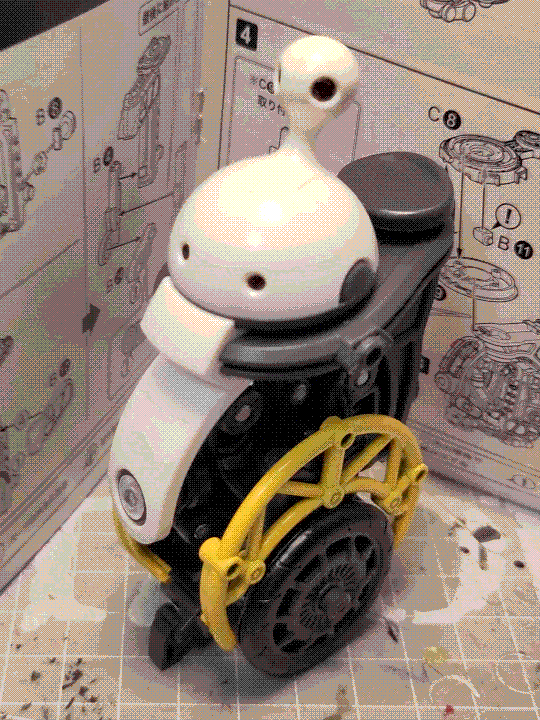
The other Maruttoys kit I've built is the Noseru, this time in plain white. It has a cool two-wheeled design (plus a little trailing wheel, although that one doesn't spin in the model), with a front stabilizer that pops out to keep it steady. It also has a lifting arm.
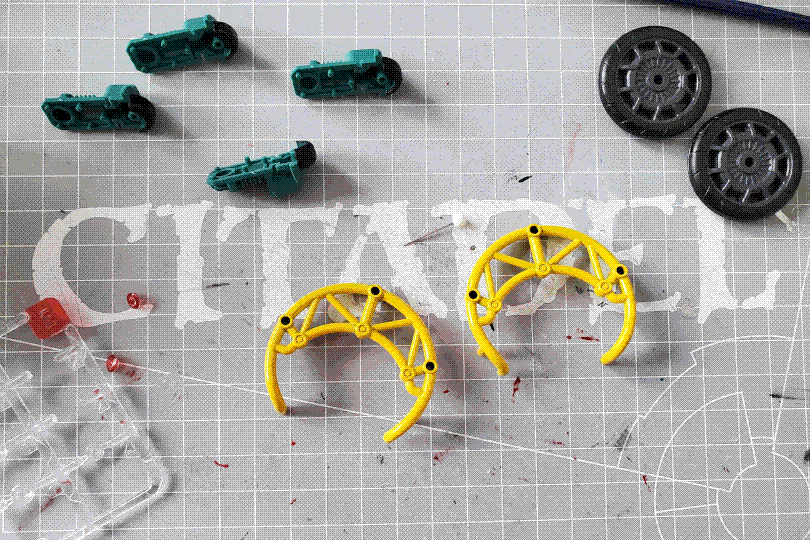
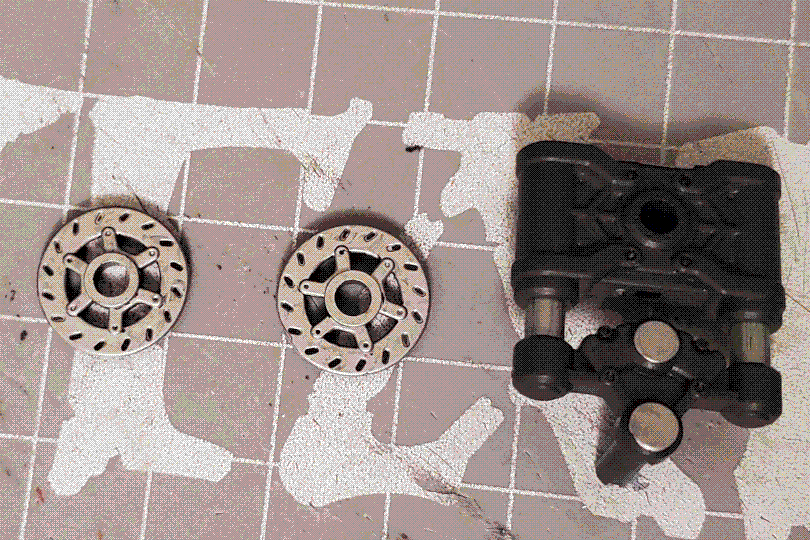
Detailing this was... interesting. Like the Tamotu, the 'tyres' and lights needed to be painted (at least underneath) and I did a bunch of extra detailing with metallic sharpie, but there's also the inner frame pieces that go around the wheels. In the assembly guide, they're yellow, and it looks so obviously good and correct that they had to be yellow: but they aren't by default! Like I get it, adding another color of plastic is expensive and it would just be for two parts, but still. Anyway, a can of yellow Tamiya spray paint did the job - I avoid getting an airbrushing setup for another day...